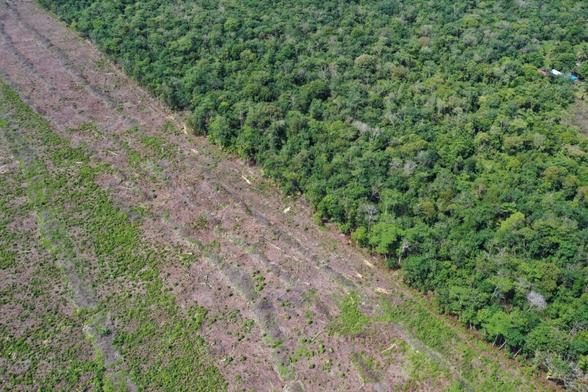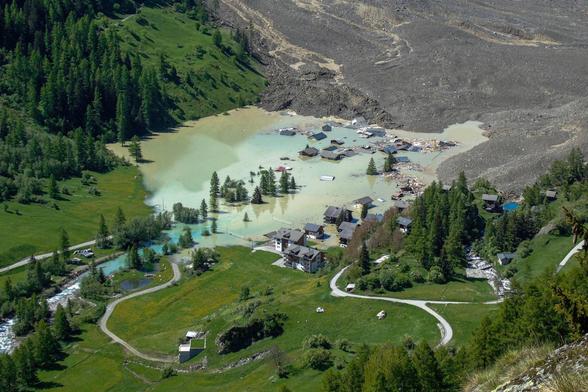World Peatland Day: Protecting a crucial carbon sink

World Peatland Day: Protecting a crucial carbon sink - SLRPNK
> Peatlands are one of the world’s biggest carbon sinks. These naturally waterlogged boggy swamps can hold thousands of years’ worth of compressed, partially decomposed vegetation matter — despite covering just 3-4% of Earth’s land surface, they’re thought to store more carbon per area than the world’s forests combined. > > In honor of World Peatland Day on June 2 we present three recent Mongabay stories that shed light on this critical ecosystem. archived [https://web.archive.org/web/20250602045000/https://news.mongabay.com/short-article/2025/06/world-peatland-day-protecting-a-crucial-carbon-sink/] (Wayback Machine)









